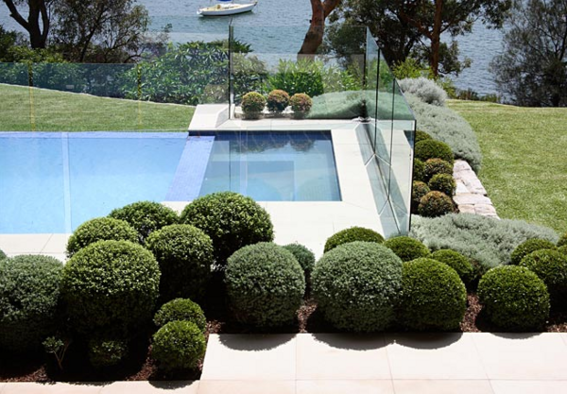Does And Don't On Designing with Colour
Drive through any town or suburb and you will see many
plantings that apparently aim to include every possible colour imaginable, all
crammed together, with no thought at all for harmony, balance or indeed the colours and forms of
the adjacent or surrounding buildings.
You wouldn't buy a carpet in such a riot
of colours, but colour sense often literally flies out of the window when it
comes to exterior colour schemes.
As a very general rule, the more bland the architectural
backdrop the bolder your colour scheme can be and vice versa. If , for example
the building is a shade of grey, bright colours will work in your scheme.
New
red brick is a difficult foil for successful planting because the strong colour
of the brickwork dominates whatever is
close to it – and in a small garden that includes everything. Your course will teach colour theory, but even without that knowledge you should be able to recognise that purples
and vivid reds simply do not work against brick, even when if it is aged and
weathered.
Softer colours – pale yellows, cream, grey-greens and light blues look much better. Why? Because they
are cooler and complement the brickwork
rather than fighting it. Light peach, pink and apricot also work against red
brick, being watered down versions of the brick colour itself. However these
colours are more tricky to carry through into a broader planting scheme.
Even small changes of colour in your client's garden can make
a positive difference. Paint a plain garden shed , garden office or summer
house in an exact match or tone of one of the colours you will be using in your
planting plan.
It will immediately integrate into the overall scheme and look
cool and sophisticated. Likewise any timber structures such as fences, timber
seats and arbors will last longer and
act as a much more pleasing backdrop to planting if they are painted in soft
earthy colours such as a clay grey, slate blue or sage green.
For ideas try studying Farrow & Ball or
Fired Earth colour cards, both of which contain colour ranges that are ideal
for use in the soft light of the United Kingdom and other northern countries. The
vivid colours that work so well in the bright light of the Mediterranean or California are less
successful further north, with the exception of
some ultra modern inner city gardens.
Colours can be mixed and matched in a variety of finishes
such as exterior eggshell. There are several commercial wood stains and paints
available but be careful – unless you
are seeking a bold and vibrant effect some are still not subtle enough for use
over large areas and may need to be mixed or thinned.
Avoid gloss paint, it gives too sharp and
shiny a finish - and don't use a spray
gun as it may dribble through to the neighbouring side of the fence and cause a
dispute for which you don't want to be blamed!
More thoughts on colour in the garden will follow in future
blogs. In the mean time tell us what colours you like and dislike in the garden.
Article by Sue Hook
Article by Sue Hook























.jpg)



